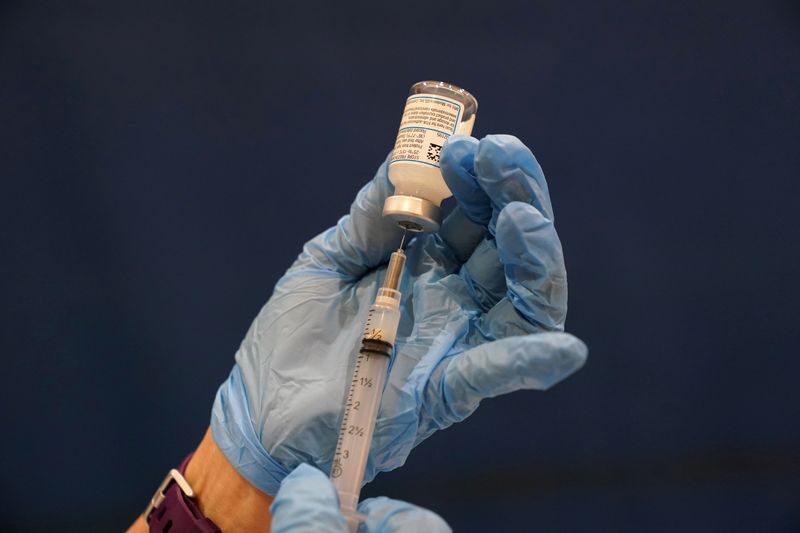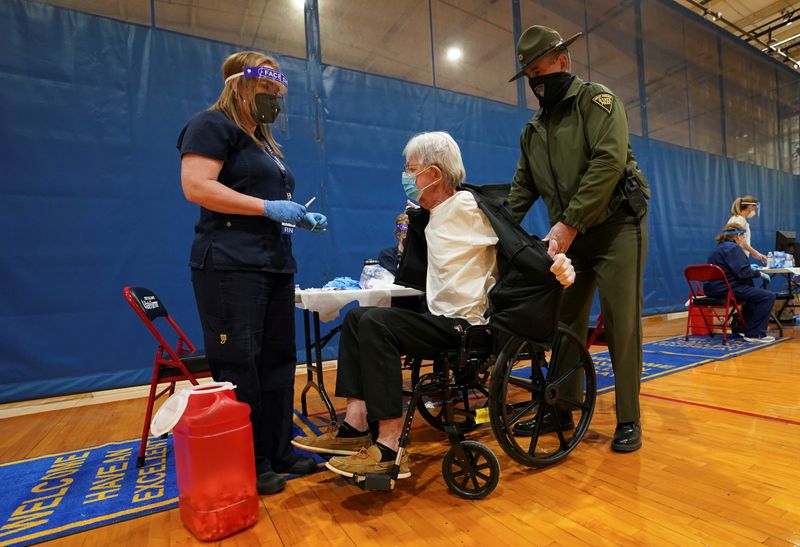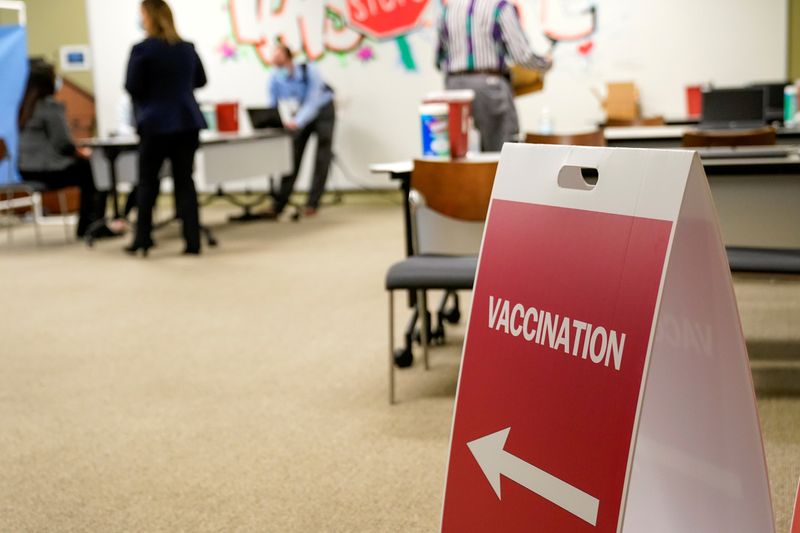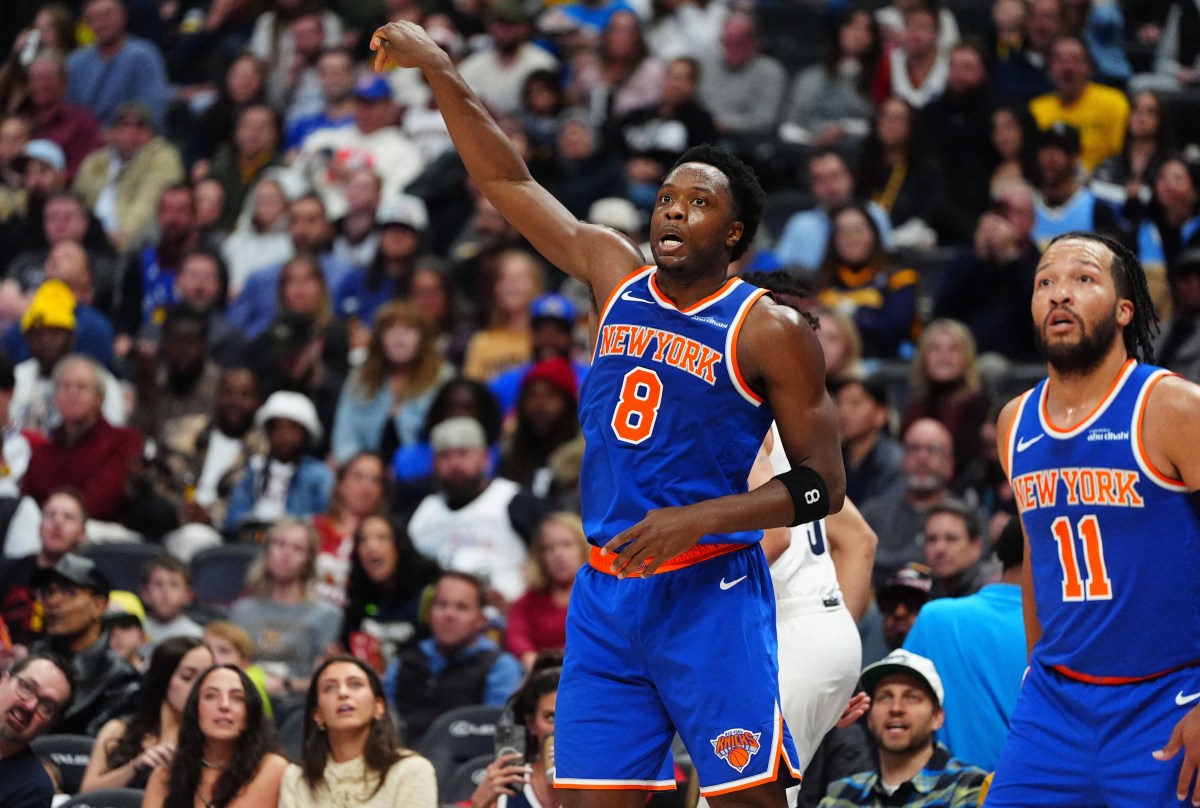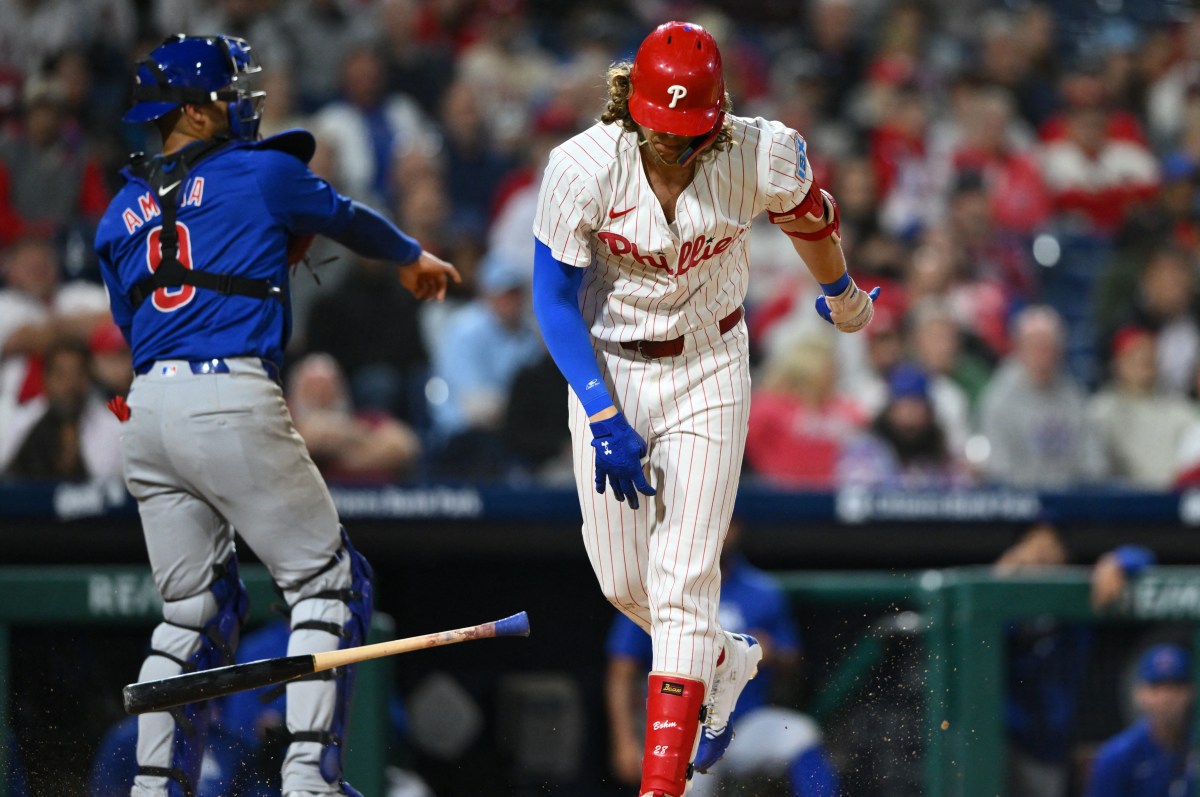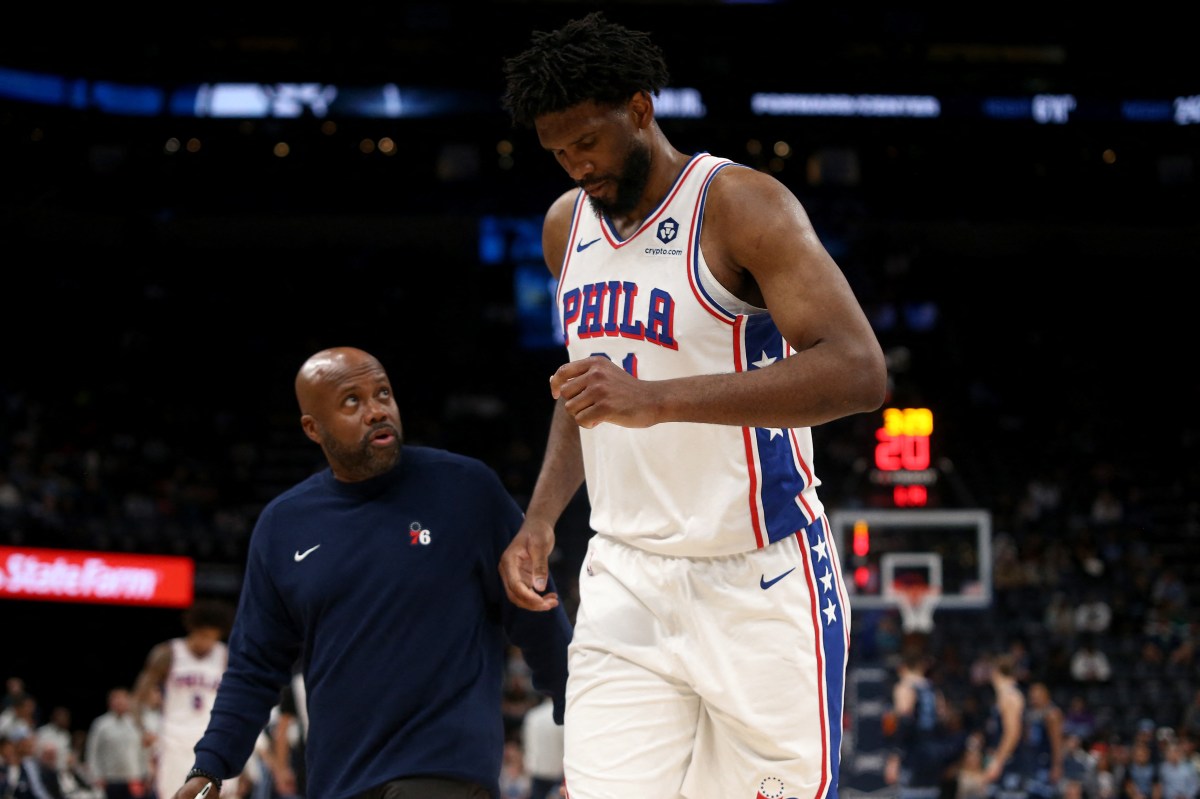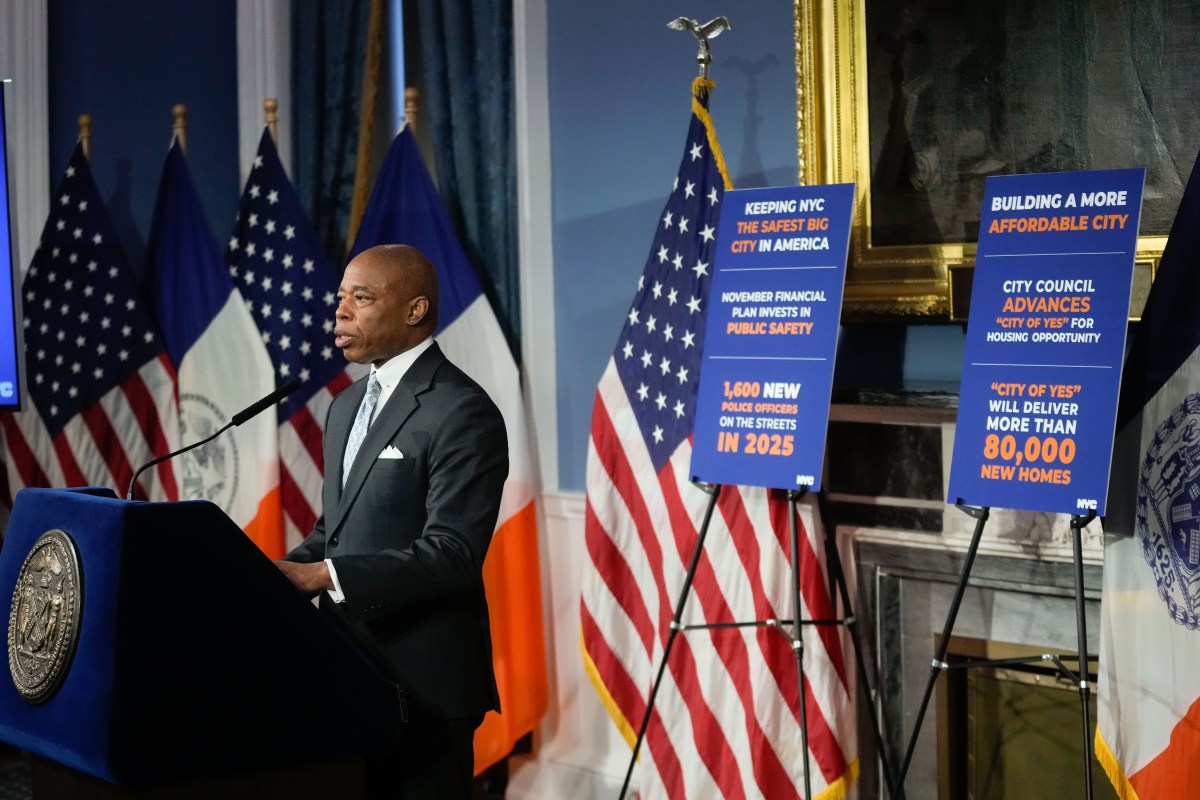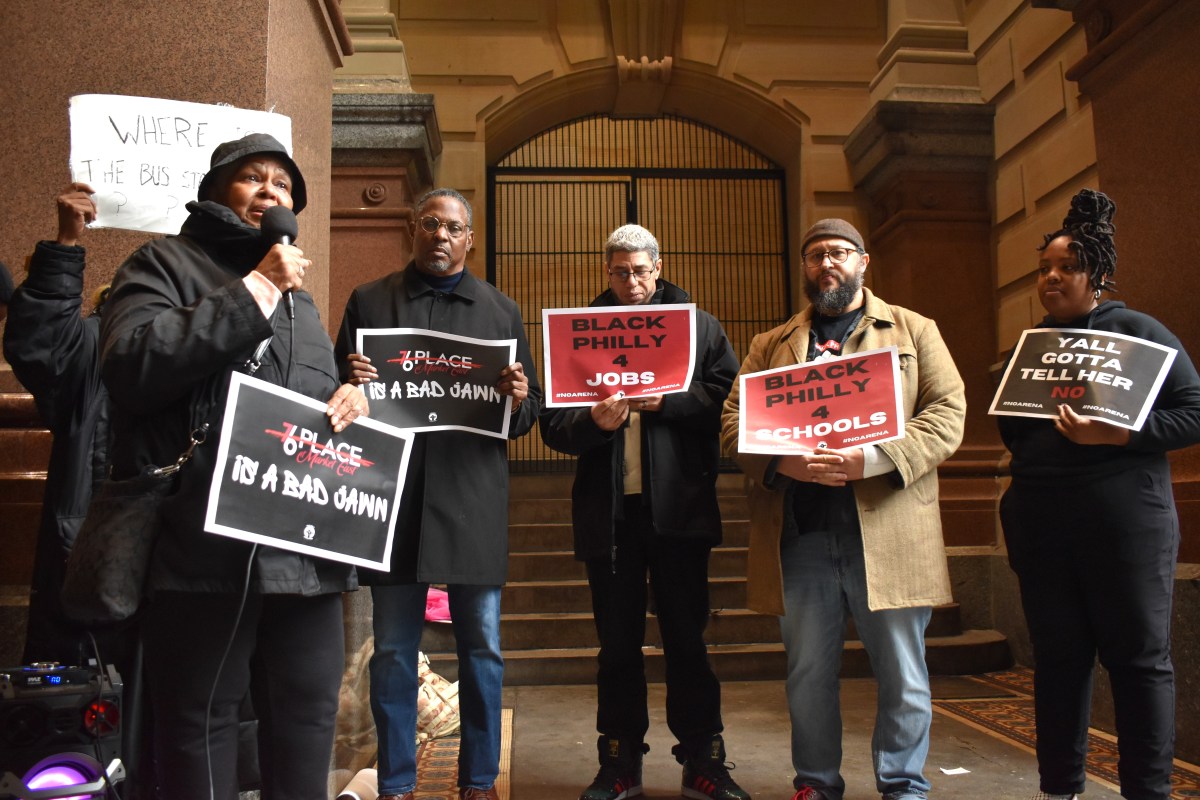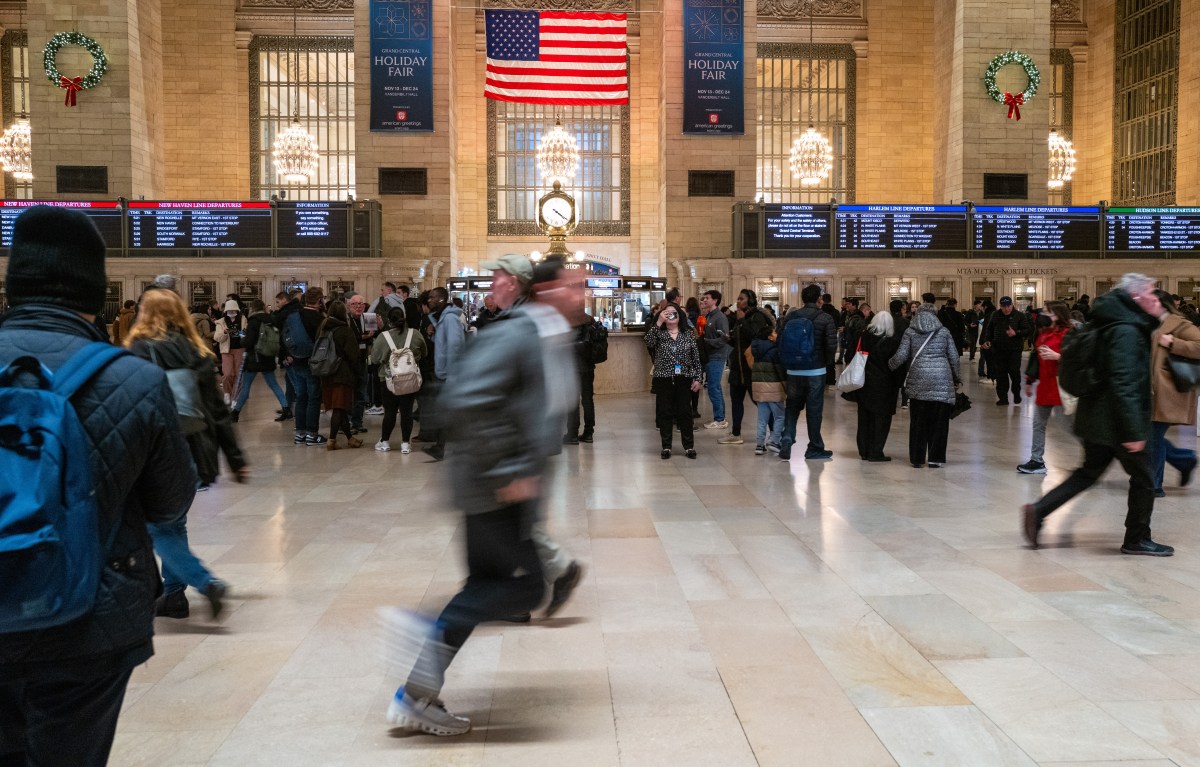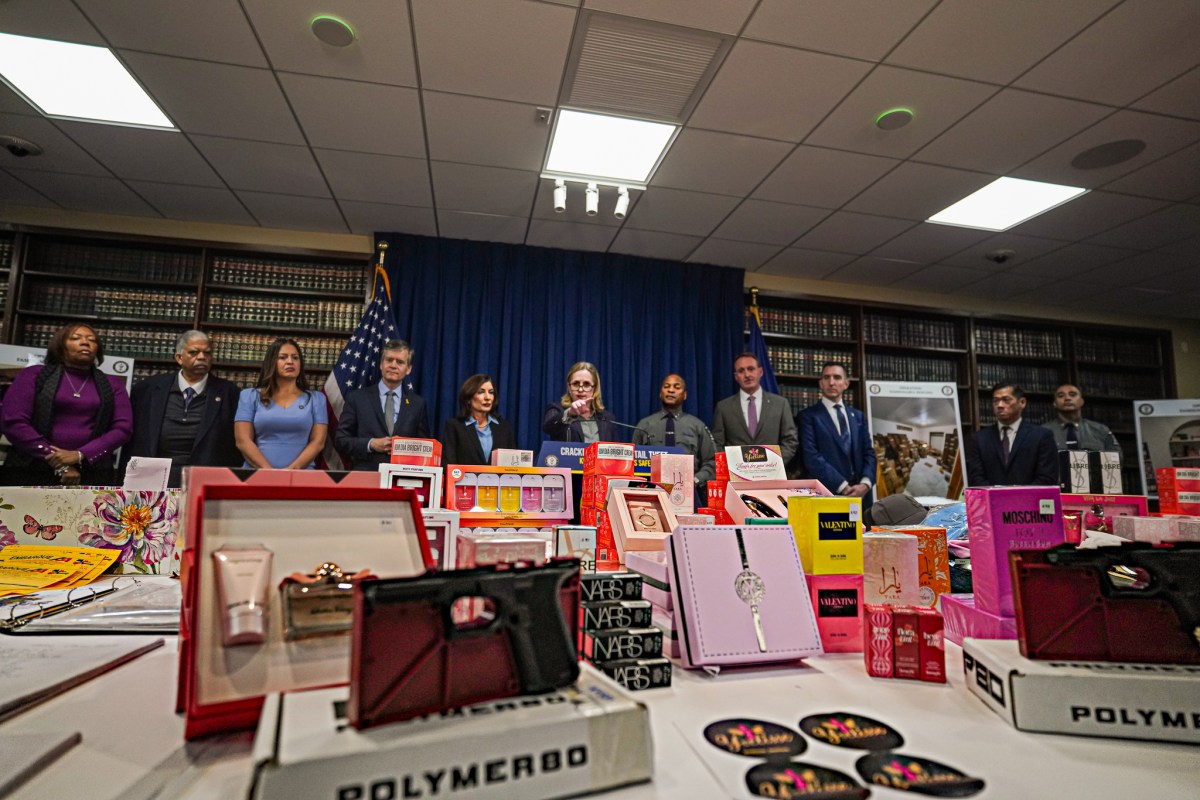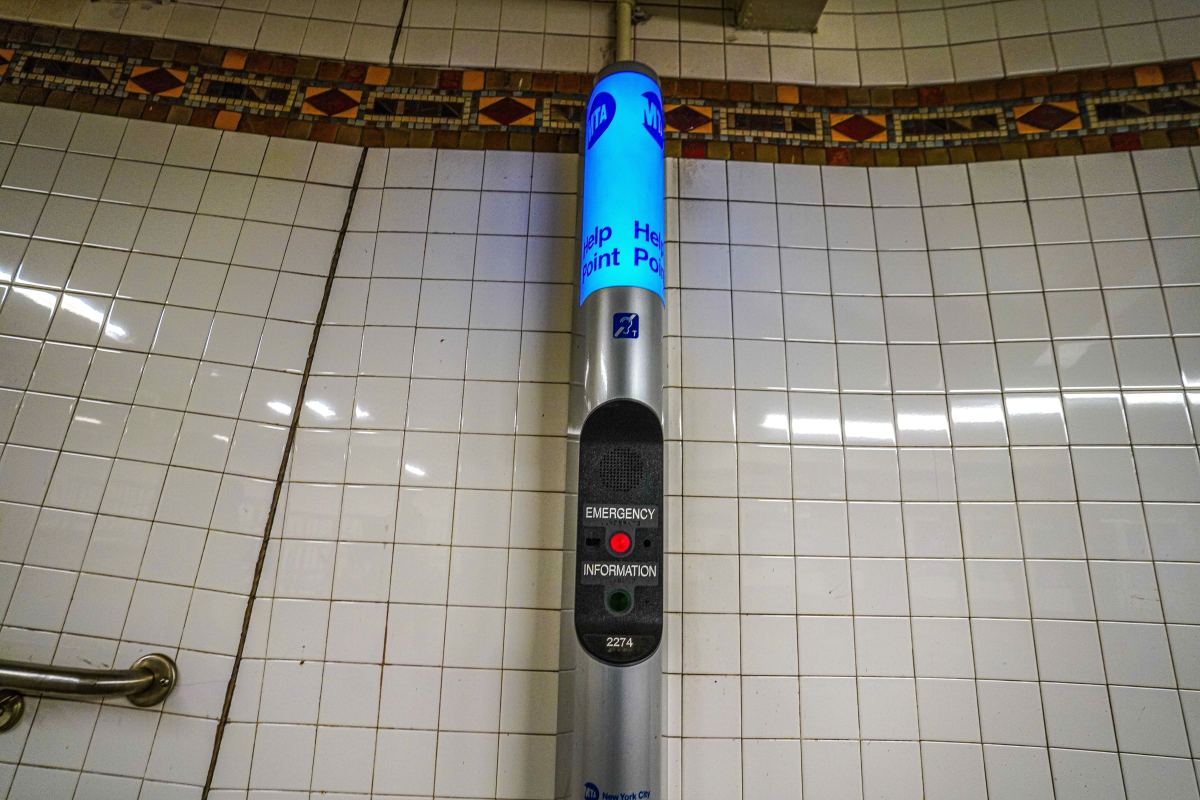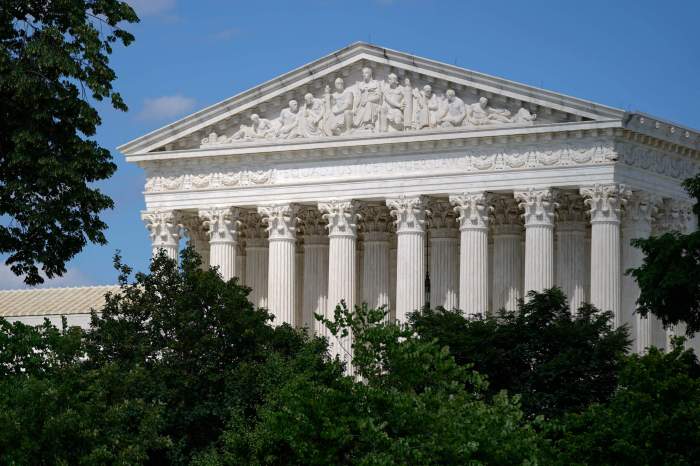(Reuters) – State public health departments are ready to begin giving COVID-19 shots to all adult residents if the White House follows through with the promised shots, state public health officials said during a panel discussion on Tuesday. U.S. President Joe Biden has said he plans to direct states and territories to begin giving COVID-19 shots to any adult who wants one in the beginning of May. He said he expects there will be enough supply available for all adults by the end of that month.
The United States is on track to have nearly 500 million COVID-19 shots on hand by the end of May if drugmakers Pfizer Inc with partner BioNTech SE, Moderna Inc and Johnson & Johnson make good on promised deliveries. “Hopefully by May, if we truly receive that much vaccine, yes, we can open that up and allow (Indiana residents) to decide if they’re ready to be vaccinated,” Kristina Box, the state health commissioner for Indiana, said during a panel discussion at The Forum at Harvard T.H. Chan School of Public Health, presented jointly with Reuters.
To view the vaccine rollout discussion: https://theforum.sph.harvard.edu/events/the-vaccine-rolloutJ&J’s single-dose COVID-19 shot is proving popular in Indiana, Box said. “We’ve been incredibly pleased to see the number of people that really want to have the J&J one dose and be done.”
Nirav Shah, director of the Maine Center for Disease Control and Prevention, said his state had seen similar acceptance of the recently-authorized J&J option.
J&J’s shot is the only one of the three available in the United States that does not require a follow-up appointment for a second booster dose.
Vaccine hesitancy among some residents and slower uptake among racial minorities and other underserved groups remain major challenges to the vaccine rollout, the officials said.
“Vaccine hesitancy has also kind of been overused,” said Ayne Amjad, commissioner and state health officer for West Virginia. “I think people are now indifferent towards it or they’re deliberating more.”
West Virginia has been holding focus groups to pinpoint the best ways to describe the vaccination effort to its residents.
Vaccine allocations to states themselves have increasingly become unequal, Box said. “There are actually states that have received more than 30,000 doses per 100,000 people higher than the state of Indiana, so we think the inequity comes in many forms,” she said.
In addition to state allocations, the federal government is launching mass vaccination sites with the Federal Emergency Management Agency (FEMA) to speed inoculations, as more contagious virus variants become widespread.
“I think this is really, really important that states are starting to suffer significant inequities in the amount of vaccine that they’re receiving from the federal government,” Box said.
(Reporting by Caroline Humer and Carl O’Donnell; Editing by Bill Berkrot)

